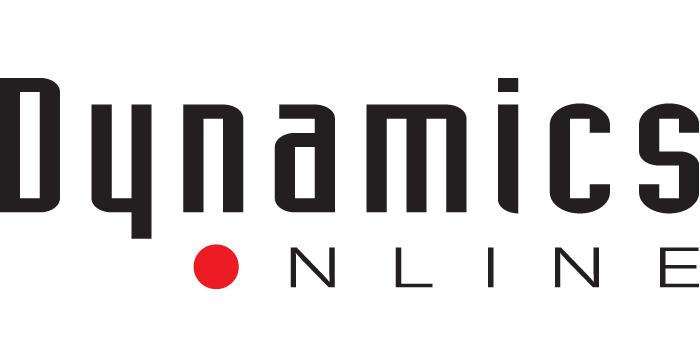Webmastering 101: How to Handle URL Changes When Launching a New Site
This article is part of a series of important and often overlooked issues related to building and managing websites.
Considering most companies already have websites, many of our website design projects are redesigns of existing sites. One important trend in website design is the use of URLs (web page addresses) that are friendly to search engines. That is, they have important search phrases built into them to help them rank higher for related searches. Another common reason to change URLs is to accommodate a new site designed in a content management system (CMS) such as WordPress. Older sites designed with static HTML are likely to have pages such as:
http://www.domain.com/about.html
while sites designed with a CMS would use:
http://www.domain.com/about
A search-friendly URL would take that further:
http://www.domain.com/about-flexible-graphite
The main problem with changing URLs is, what happens if someone visits the old URL? That is likely to happen for one of these reasons:
- Some other website links directly to an interior page on your website.
- Search engines such as Google or Yahoo have already indexed your site’s interior pages and are sending visitors to those now old URLs.
- Previous visitors have bookmarked the URLs of interior pages.
- Interior pages have been shared on social networks.
- You might still have some web pages on your own site that link to the old URLs.
So it’s important that the webmaster accommodates the URL change by ensuring that anyone who visits the old URL instead sees the equivalent (or closest matching) content on the new URL. The method for defining the URL forwarding differs by the type of server that runs the site, but it’s important that the forwarding is done as a “301 redirect.” The 301 redirect instructs the search engines that the URL change is permanent and the search engine should start indexing the new URL and stop indexing the old. That ensures continuity of your search engine rankings for various internal pages.
How to implement a 301 redirect on a Linux/Apache server:
http://www.webweaver.nu/html-tips/web-redirection.shtml
http://www.tamingthebeast.net/articles3/spiders-301-redirect.htm
How to implement a 301 redirect on a Windows/IIS server:
http://www.mcanerin.com/EN/articles/301-redirect-IIS.asp
Here you can see some recent examples of URLs that we redirected as part of a website redesign (notice how the URL changes, even though you’re linking to an “old” web page):
http://www.egc-ent.com/html/about_the_company.html
http://www.egc-ent.com/html/flange_gasket_design.html
http://www.egc-ent.com/html/industries.html
If you have any questions about 301 redirects or if you’re unsure if all your old URLs are directing traffic to your new site, give Dynamics Online a call at (216) 292-4410.
 Bruce Newburger is the Founder and President at Dynamics Online.
Bruce Newburger is the Founder and President at Dynamics Online.
You can reach him by calling (216) 292-4410.


